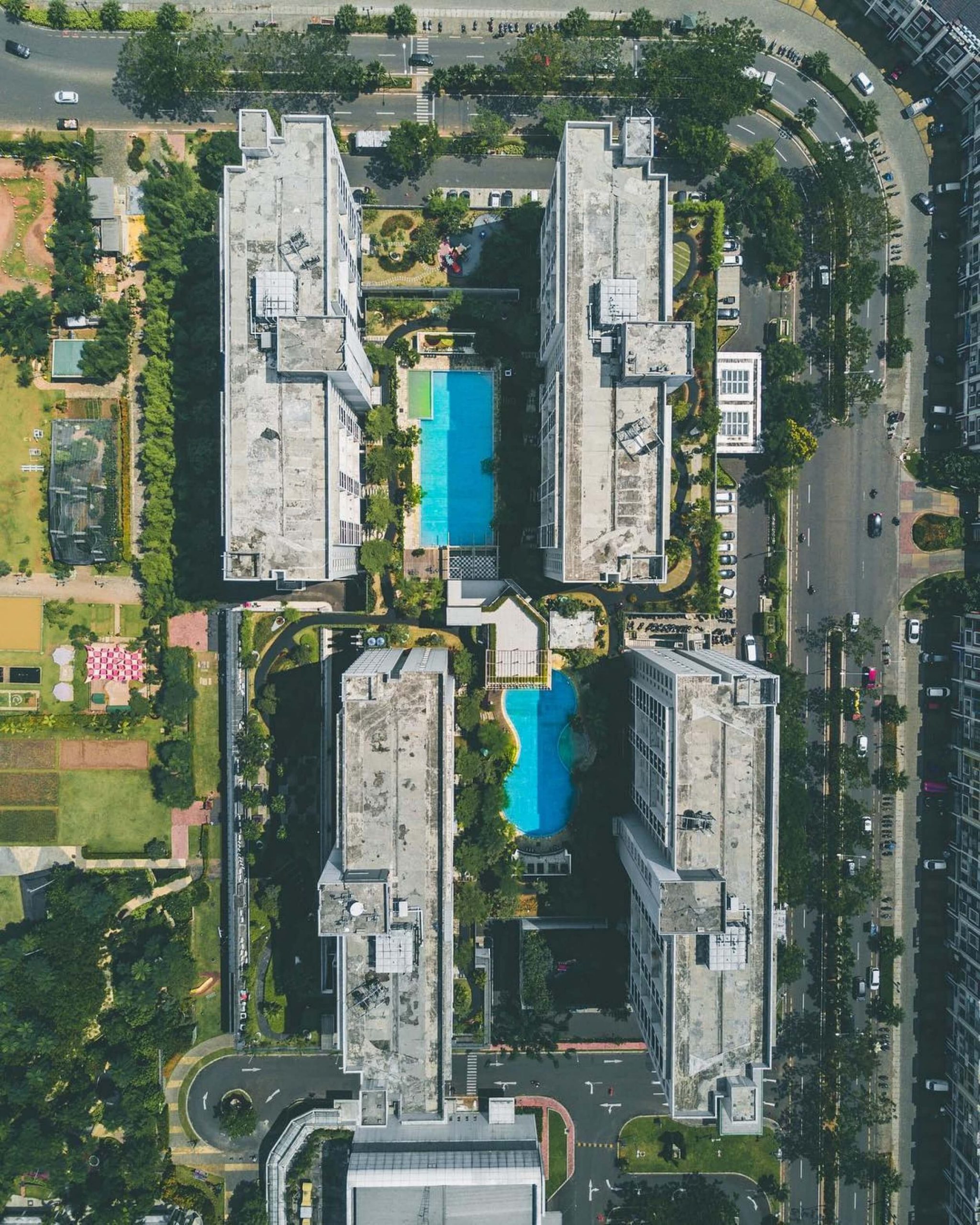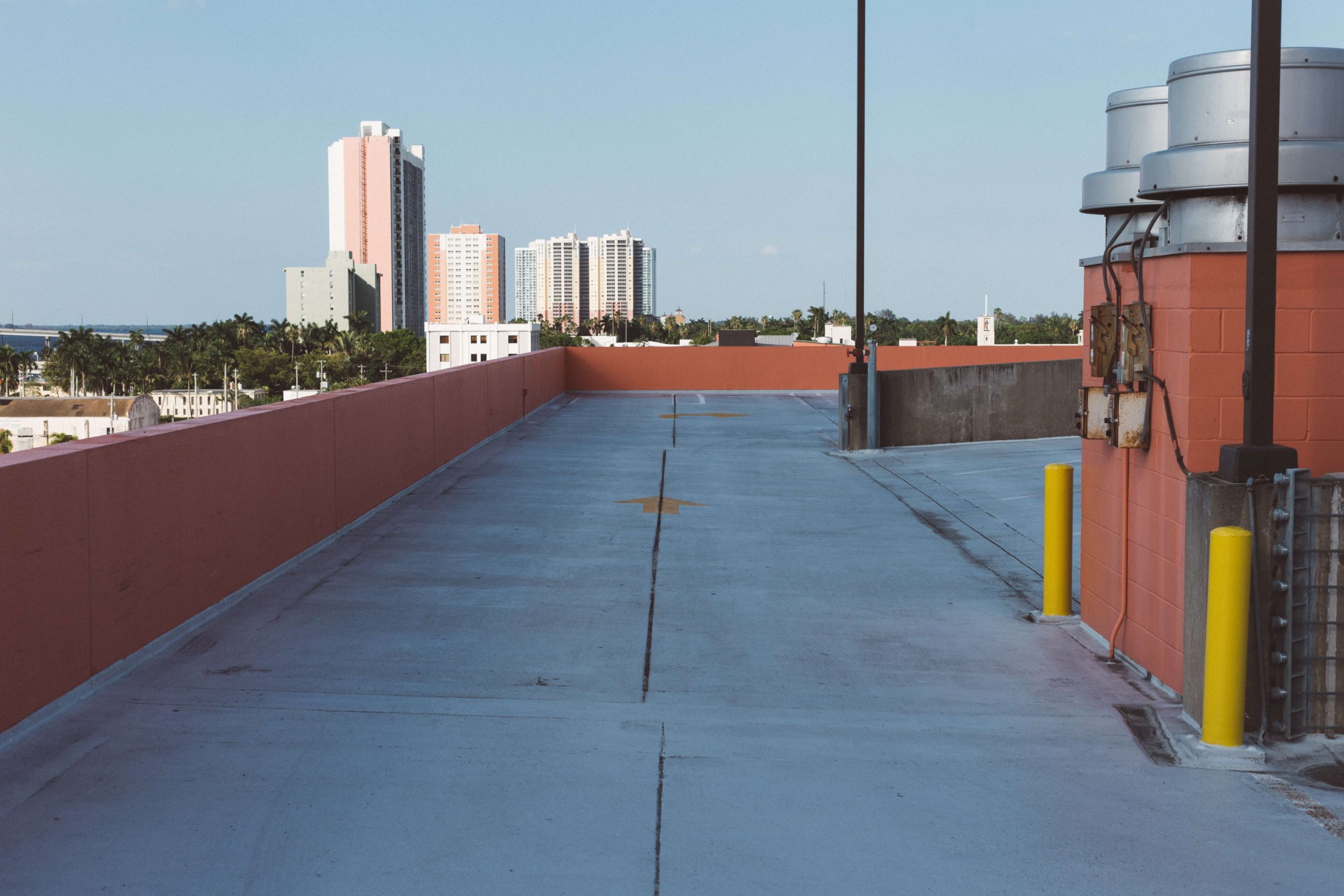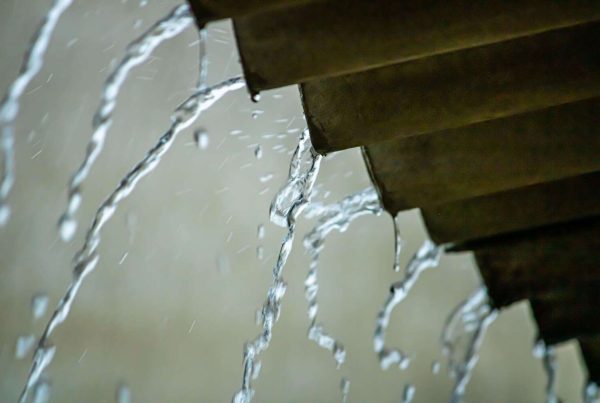Commercial Roof Lifespan
Let’s say your spiffy new commercial roof comes with a 25-year warranty. That means you can step back and forget about the surface topping your building, trusting it to protect the people, materials, equipment, and ideas inside, right?
Wrong!
Your commercial roof represents a substantial investment in your business, and like every other part of your enterprise, it requires periodic attention. You know your body needs regular care, feeding, inspection, and revision to operate at peak efficiency, especially over 25+ years. So does your roof.
Why EUL Matters
EUL is estimated useful life – the length of time you can expect your roof to last, otherwise known as getting as much bang as possible for your (considerable) bucks. Your roofing consultant will discuss EUL with you as you decide what type of roof is best for your business. It’s part of the complicated calculus of size, use, location, weather, energy, timing, materials, installation, codes, maintenance, cost, and myriad other considerations that impact the makeup of your roof.
Given such complexity, working with a qualified professional is essential. Applying expertise developed through years of hands-on experience, industry training, and local knowledge, he or she will emphasize that your roof is not a set-it-and-forget-it undertaking. Rather, it’s a highly functional, continuously active system that’s always on the job. Make sure your discussions include specifics about achieving maximum lifespan because there are a number of things to think about and actions to be taken to achieve EUL.

Keep Your Roof in Peak Condition
There’s a lot happening on the roof over your head. Paying attention to the many issues that impact it is essential to extending useful life.
Weather
From blinding blizzards to ranging thunderstorms with wind and hail, to summer days from balmy to baking, your roof absorbs everything mother nature dumps on it. Constant change is hard on your roof, and extreme events – heatwave, high wind, large hail, sleet and freezing rain, tornado – can cause real damage, like punching a hole through to the inside. Hot weather causes roofing materials to expand; they shrink when temperatures fall. Excessive snow load puts weight and pressure on a roof; so does ponded water. While you can’t do anything about the weather, you certainly need to be aware of what it’s doing to your roof and address any issues immediately.
Design & Materials
The configuration of your roof and the materials used to construct it must match your application, taking into consideration everything from the size and layout of your structure, to what’s happening inside – factory, office, medical facility, school, warehouse – to your climate, location, and traffic. That’s why your certified commercial partner is so important; design and materials must be right for each situation because it’s different every time.
Installation
Just as important is how your roof is installed. Each type of roofing material (at least half a dozen are commonly used) comes with different requirements; flaws during the installation process can shorten life and void the warranty. The cheapest option isn’t always the best; spending more upfront to ensure proper design, materials, and installation pays off in savings over time.
Ventilation
Although technically part of the design process, the need for proper ventilation is often overlooked. The attic space just underneath your roof needs to prevent the build-up of moisture, heat, and rot, especially when the summertime sun is baking your roofing materials. Make sure you’re talking about this upfront with your roofing consultant; having to correct problems after the fact is a costly complication you don’t want.
Maintenance & Inspection
Twice-a-year inspections by a roofing professional are recommended; in fact, some warranties and building codes require it. During an inspection, your expert will look over the membrane, surface conditions, penetration and wall flashings, gutters and drains, sealants, parapet walls, building structure, HVAC units, and more. Keeping track of the state of your roof detects any problems and notes gradual declines. More frequent viewings by a building manager or knowledgeable staff member make sense, especially after an adverse weather event or when workers have been on your roof.
Damage
Don’t ignore seemingly small tears, loose fasteners, mold growth, or spongey depressions. Minor issues can turn quickly into big problems, ultimately threatening the health of your roof and along with it, whatever goes on underneath. Any damage needs to be fixed immediately before escalation takes place.
Time
Even the best roofs are subject to deterioration, especially from weather and wear and tear. Age of your roof and where you are in its expected life cycle affects what you need to do to keep it working efficiently.
Debris & Traffic
Tree branches, gravel, litter, leaves – all that and more can blow or fall onto your roof. Remove any foreign objects immediately. Prune nearby trees and clear gutters and downspouts. Keeping the roof clean is especially important if you have a coating that reflects sunlight and UV rays. The coating isn’t effective if it’s covered with junk. If people are on your roof for any reason, like repairing or upgrading HVAC, check when they’re finished to make sure there’s no inadvertent damage or tools left behind.
Warranty
Understanding the duration and coverage of warranties is another factor in roof maintenance. Often separate warranties cover materials and installation; many are pro-rated by the age of your installation. But they’re essential to roof well-being, especially in paying for repairs should something go wrong. Your roofing professional must thoroughly understand the warranties that apply to your structure and educate you as well.
Building Codes
Most municipalities maintain building codes for commercial structures. You need to know what applies to you. Being out of compliance can result in fines and penalties or even shut you down. The purpose of codes is to protect the community and ensure safety; they also protect you by making sure your place of business is sound.
The life of your commercial roof is dependent on all these factors, each interacting with the others, through all kinds of weather, over an extended period of time. Working with a certified contractor, taking preventive measures, and addressing issues immediately delivers the long lifespan you want and need.



